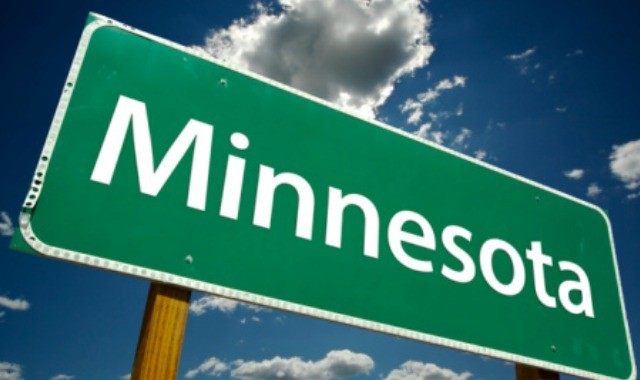Though the Minneapolis-St. Paul area is viewed as a “lily-white” community because of the region’s influx of Scandinavians and Germans during the 19th century, the number of minorities in the area is expected to grow twice as quickly as the number of whites in the next twenty years largely due to immigration, according to Brookings study.
The Brookings report on “The Changing Face of the Heartland” found that “Minnesota and the surrounding states of the upper Midwest are experiencing a demographic revolution” because of immigration from Africa and Southeast Asia.
Though the area has a 78% percent Caucasian population, Brookings found that the region “has twice the share of immigrants from Southeast Asia as the United States as a whole (21 percent versus 10 percent of the immigrant population), and five times the share of immigrants from Africa as the nation as a whole (21 percent versus 4 percent).” A Minnesota State Demographic Center report found that “the Asian, black, and Hispanic populations in the state tripled between 1990 and 2010, while the white population grew by less than 10 percent.” That “trend will continue: From 2010 to 2030, the number of people of color is expected to grow twice as quickly as the number of whites. As Minnesota and the region go, so goes the nation, which is also becoming ever more diversified, with an overall decline in the percentage of whites, and increase in people of color.”
Minorities and immigrants in the area, though, are less educated and have higher unemployment rates than whites. Brookings found that “85 percent of whites graduated from high school on time in 2013, compared to 58 percent of Hispanics, 57 percent of blacks (including both U.S.-born African-Americans and African immigrants), and fewer than half (49 percent) of American Indians.” Data for Asian graduates was apparently unavailable. There is a considerable employment gap as well—79% of “working-age whites in the Twin Cities are employed compared to 65 percent of working-age people of color — the largest such gap in the country.”
Employers in Minnesota are worried that unless the unemployment numbers change, “the region and the state as a whole will not have a sufficiently skilled workforce to maintain, much less grow, its economy,” and that “could have potentially disastrous results” since Fortune 500 companies in the region “may decide to move to regions that have a bigger pool of qualified workers.”
Various private and public sector organizations in the area have instituted an array of programs to help remedy the education and employment gaps between whites and minorities. Brookings notes that employers from multinational corporations are particularly looking for “code-switchers. Harvard Business Review “describes cultural code-switching,” which refers to the ability ” to “recognize and accurately perform the behaviors appropriate to each different cultural setting,” as “one of the ‘three skills every 21st century manager needs.'”

COMMENTS
Please let us know if you're having issues with commenting.